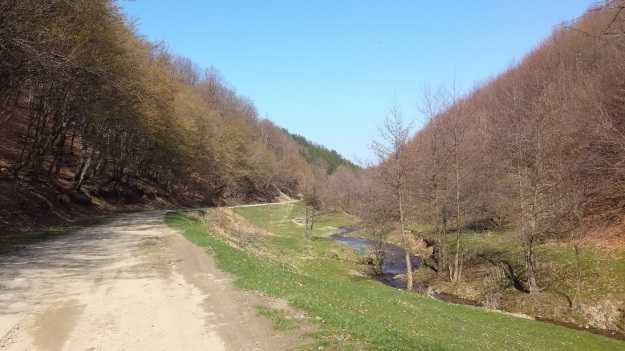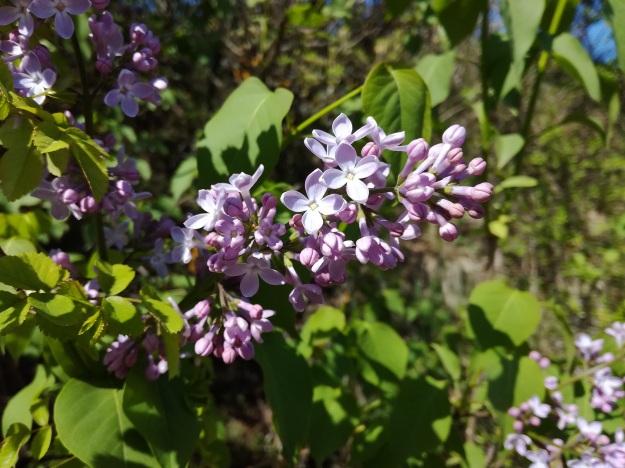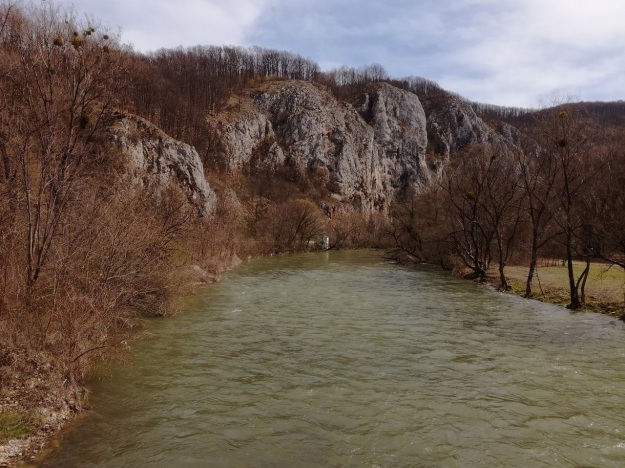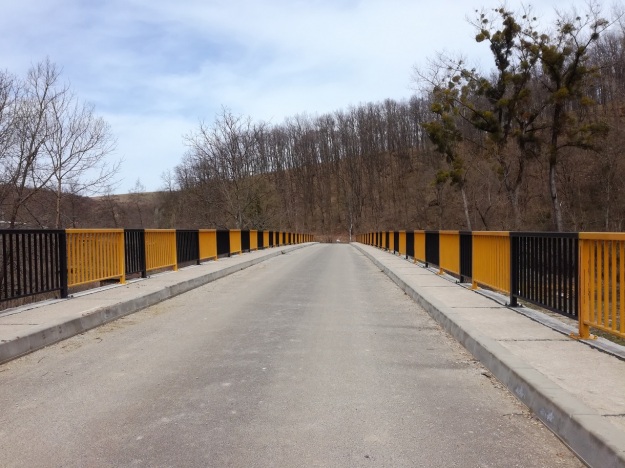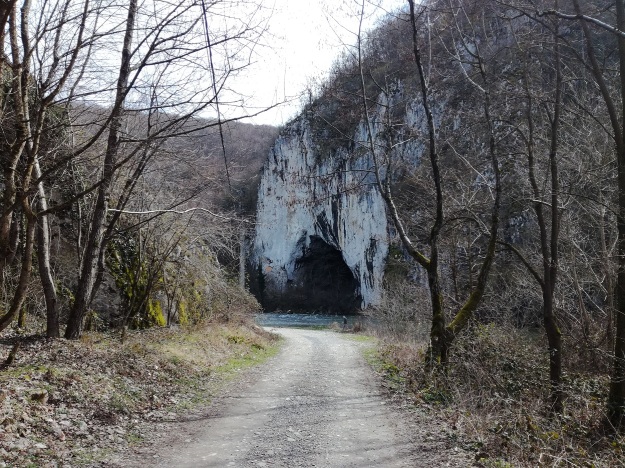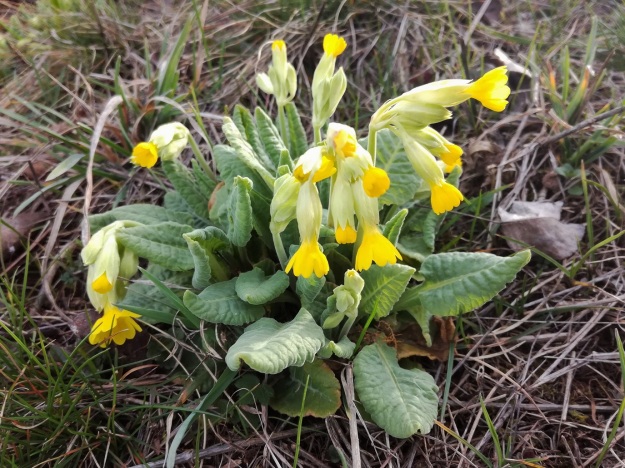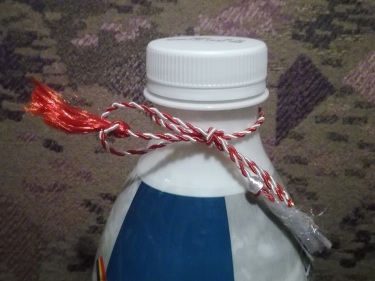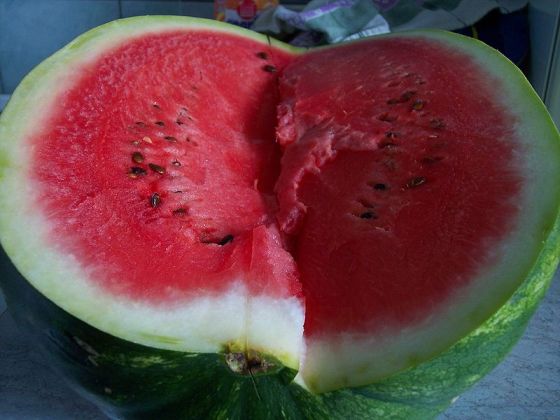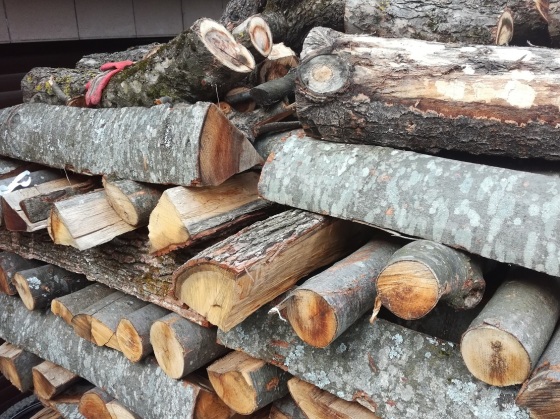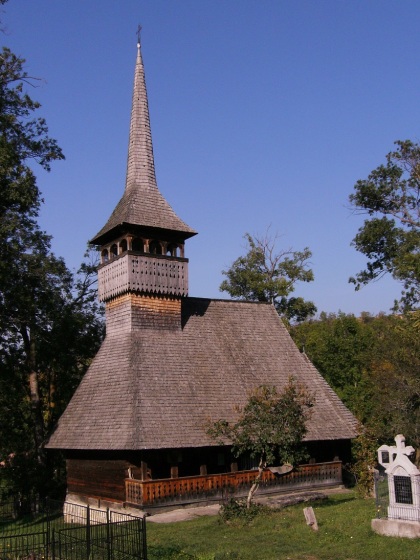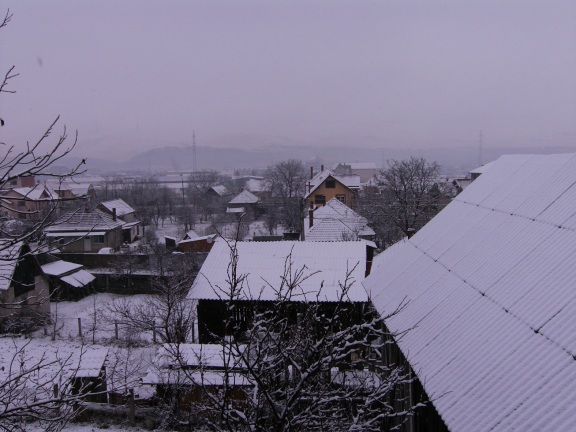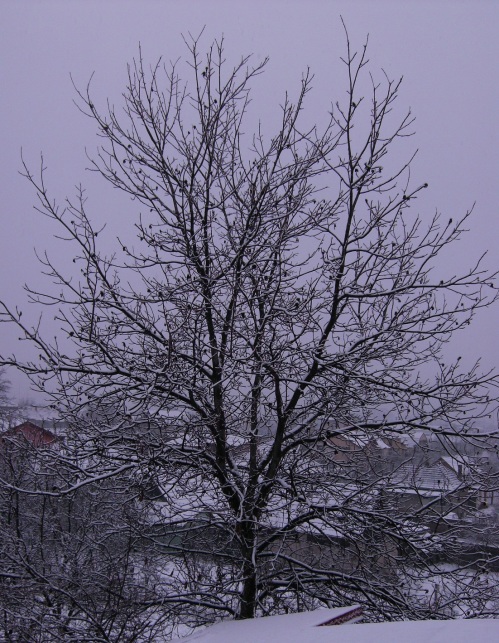It’s now just over a week since we moved to the village of Micești, south of Cluj-Napoca. It’s a little more remote than where we were before, with only one road going into it. As a result, it’s a very peaceful village, that nestles in a valley between wooded hills.
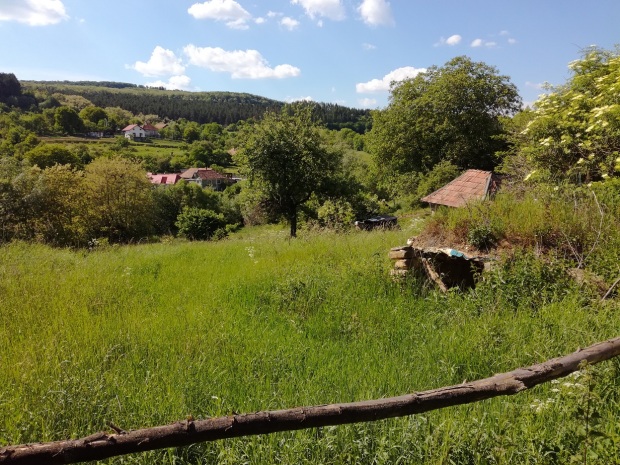

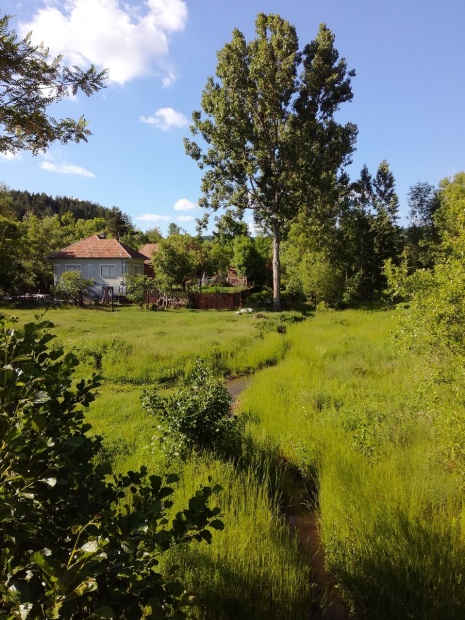
According to Wikipedia, the village was first documented in 1297, when it appears in the records of the local monastery. Its biggest claim to fame appears to be the salt well, which was long used for food preservation. In fact, until WW2, people in the surrounding villages were charged a fee for drawing water from it!
Much more recently, the village became the birthplace of the United Methodist Church of Romania and there is still a small congregation that worships here. Hence one of the reasons we have chosen to live here.
Meanwhile, the open meadows and gardens surrounded by forest make it a haven for insects of all kinds. As I was walking through the village the other day, I came upon a cloud of blue butterflies mud-puddling on the side of the road. Among them, were some of these:
This is the scarce fritillary (Latin: Euphydryas maturna; Romanian: Marmoratul frasinului). It is a butterfly of open woodland and hence is becoming increasingly rare in Western and Central Europe.
Micești also has plenty of birds, including storks, a relentless cuckoo and a pair of song thrushes (Latin: Turdus philomelos; Romanian: Sturz cântător) nesting just a few metres from our back door:

There are at least three young birds, one of which can just be seen in the above picture.
The house hasn’t been lived in for a while, so I think our presence has caught them a little by surprise! However, it was lovely to hear the male singing morning and evening when we first arrived and now both birds are being kept busy raising their new family… as are we with things that need doing on the house!











